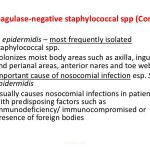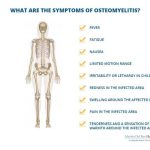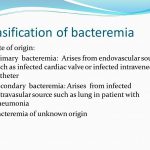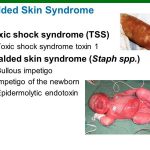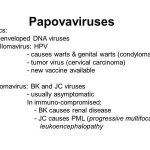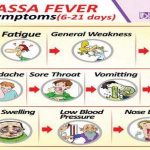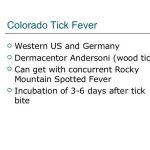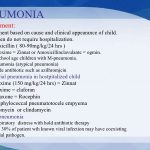
This section focuses on the clinical findings, diagnosis, and treatment of pneumococcal pneumonia. Bacteremia, progressive respiratory failure, and hemodynamic instability (ie, septic shock) are the most severe complications of pneumococcal pneumonia. As noted above, patients with either anatomic or functional asplenia are at particularly high risk for sepsis. Spread of infection via either contiguous extension or hematogenous routes constitutes the basis of extrapulmonary complications.

